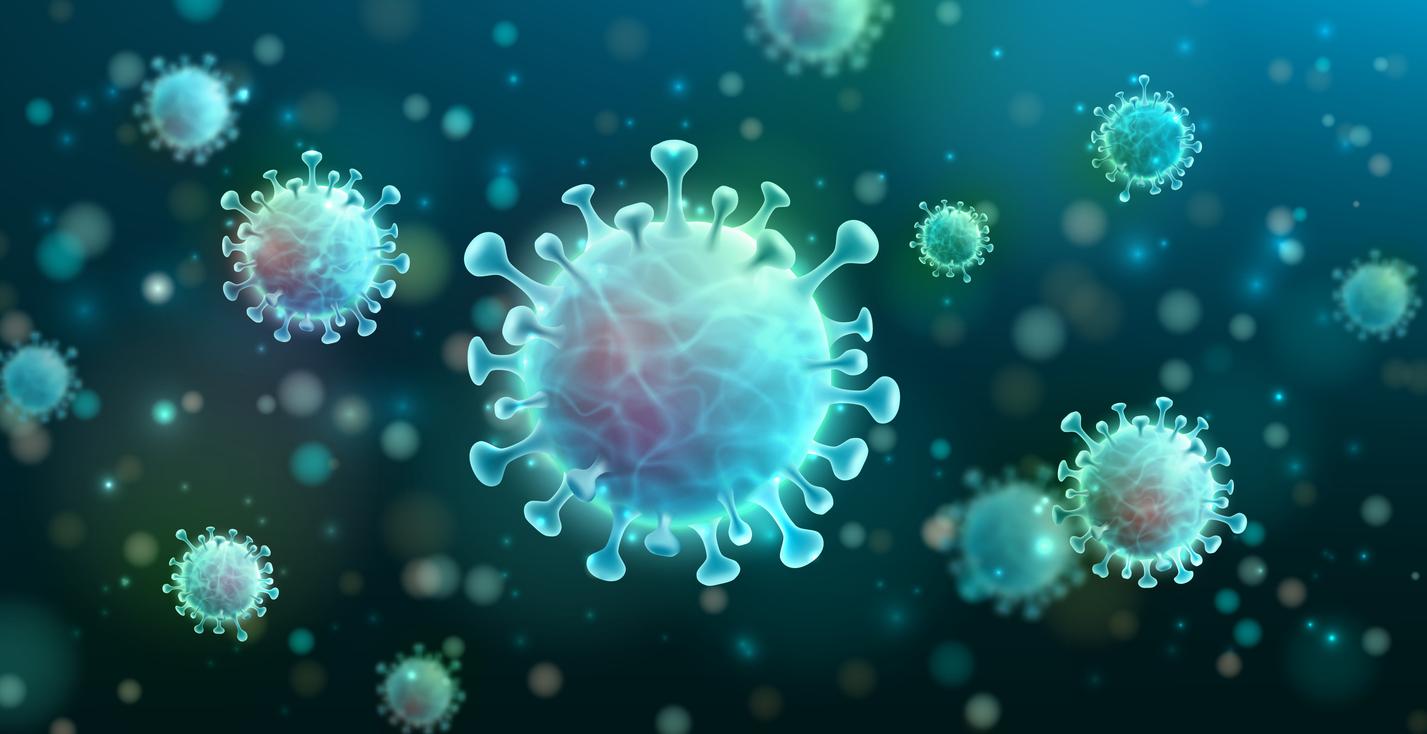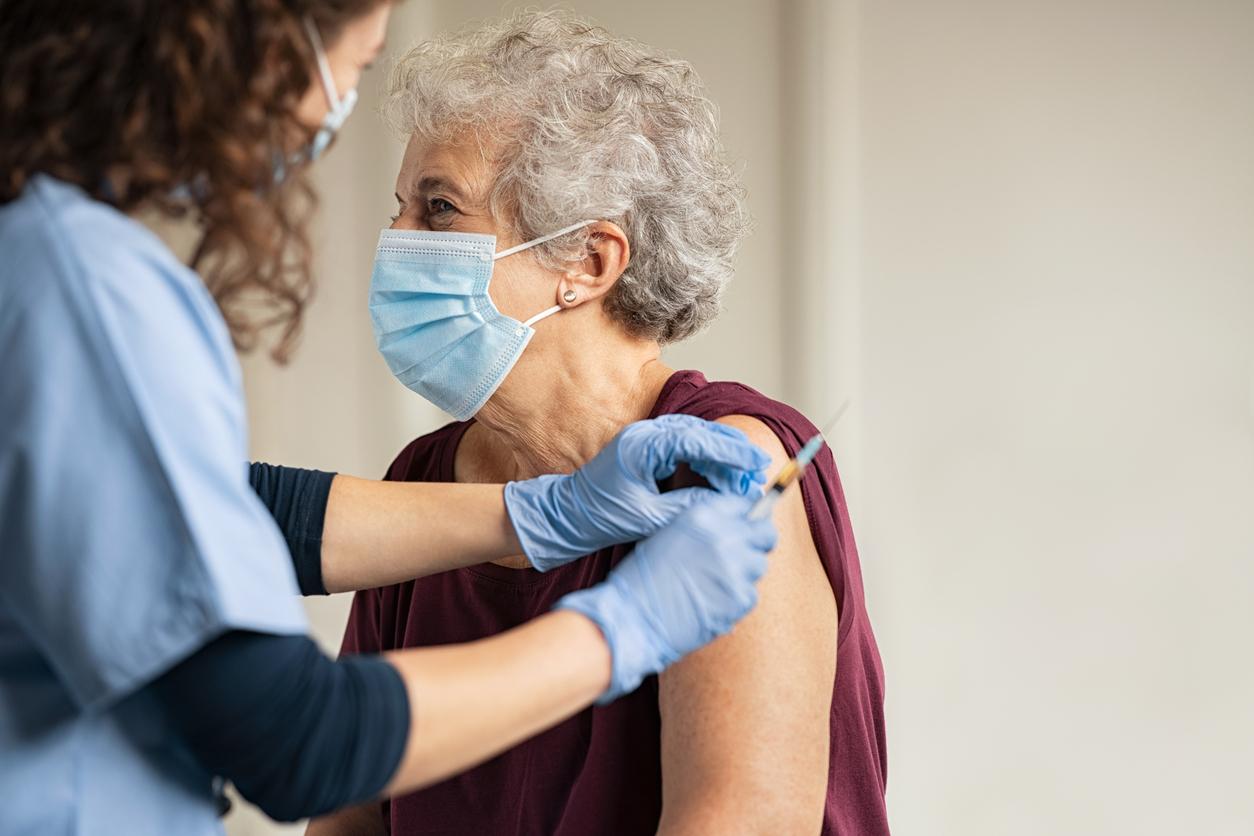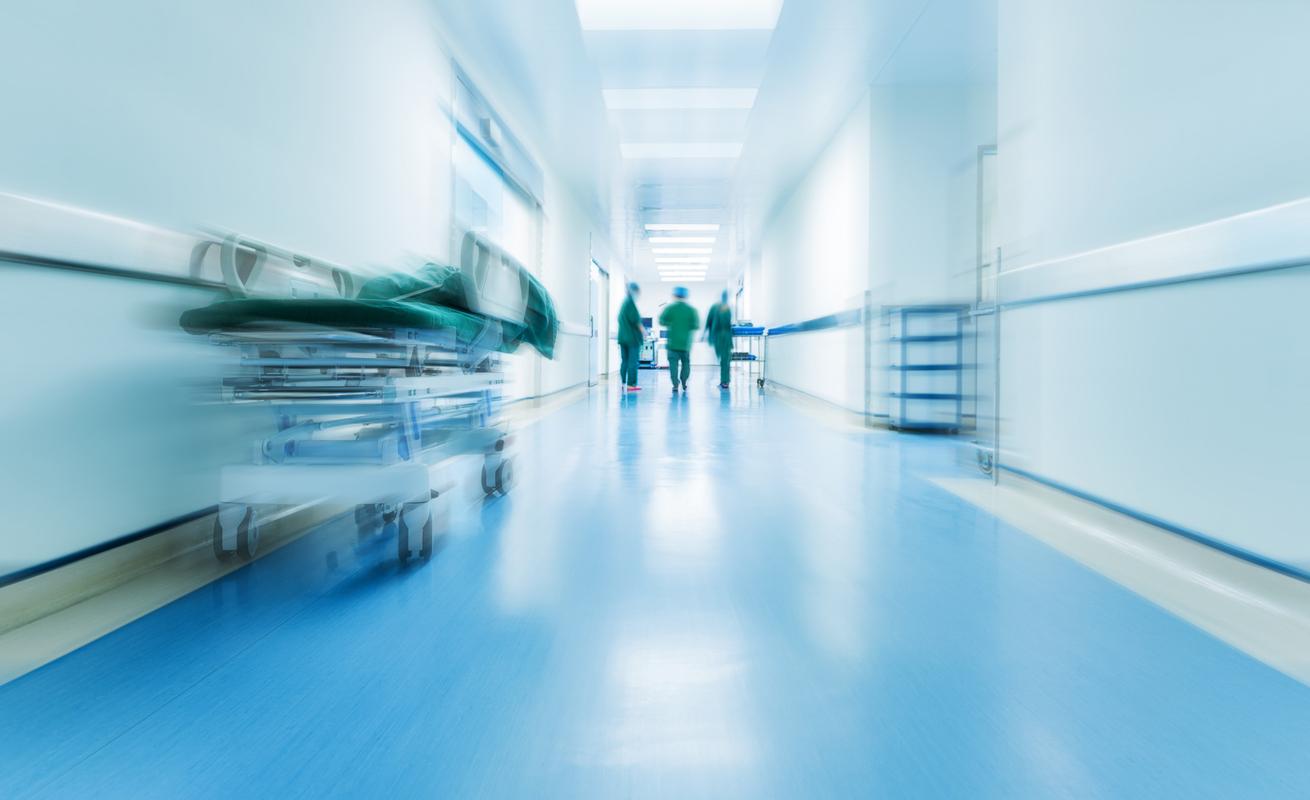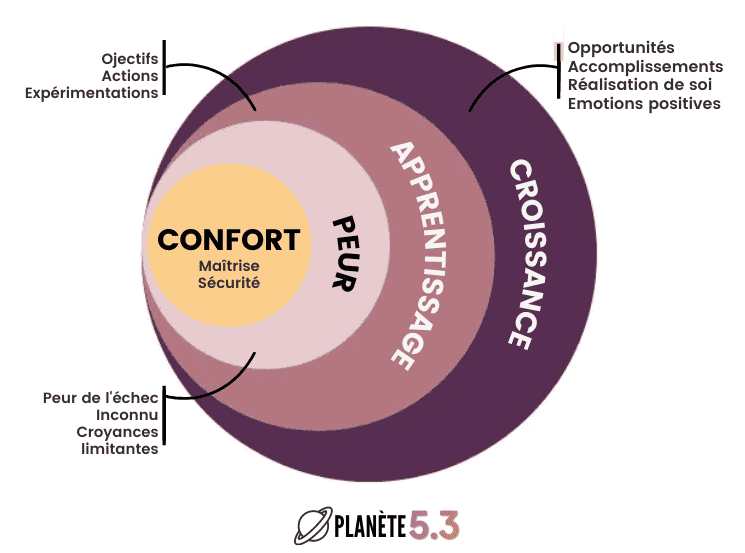According to Public Health France, the indicators for monitoring the epidemic on the national territory show a clear deterioration in recent days. 19 departments are placed in moderate vulnerability due to the incidence rate (Bouches-du-Rhône, Gironde, Haute-Garonne, Haute-Savoie, Hérault, Ille-et-Vilaine, Mayenne, Meurthe et Moselle, Nord, Oise, Sarthe, Alpes-Maritimes, Var, Vaucluse, Val d’Oise, Paris , Seine-Saint-Denis, Hauts-de-Seine and Val-de-Marne). And some have an incidence close to the alert threshold set at 50 positive cases per 100,000 inhabitants per week.
A decree published in the Official Journal Friday August 14 places the departments of Paris and Bouches-du-Rhône in an active circulation zone of the virus. Concretely, this authorizes the prefects to prohibit the movement of people and vehicles, as well as access to public transport, in accordance with the law of July 9 on the exit from the state of health emergency. But also to temporarily close establishments open to the public, for example: bars, restaurants and theaters.
The number of new cases is increasing: 2,669 new cases recorded in 24 hours on August 13. The test positivity rate is also on the rise (2.3%). The reason ? We are testing more, including contact cases, said the Minister of Health on August 12, specifying that “600,000 tests” are currently carried out each week. “Even if, according to him,” there is not only the ‘increase in the number of tests which explains this “.
The good news is that we are observing less severe cases. Infected people are not very fragile populations, young (15-44 years old) or without risk factors. It also means that those most at risk protect themselves better. Nevertheless, young people must remain vigilant, in particular because they can develop “long” forms of the pathology.
“When we hear experts say that it would be good for young people to be infected, for them to go and ask the question to young people, in perfect health, who have had coronavirus infections, who did not go to intensive care but who , weeks later do not feel well with memory problems, sleep disturbances, respiratory and cardiac complications. ”
Second wave: what does the Scientific Council say?
While signs of a resumption of the coronavirus epidemic are appearing in certain regions, the Scientific Council which guides the government is still judging “highly probable that a second epidemic wave will be observed in the fall or winter “.
“The virus is circulating more actively, with an accentuated loss of distancing measures and barrier measures: Lthe balance is fragile and we can tip over at any time“towards an uncontrolled epidemic resumption in France, warned the council in early August, stressing the importance of barrier measures and screening.
The Council also asked the authorities to put in place “prevention plans” focusing in particular on the twenty largest metropolises. “A more or less important ‘local containment’ depending on the epidemic must be prepared in these areas with high population density.“. A note will be sent to the mayors of the 20 largest French cities to encourage them to develop an anti-second wave plan.
Guest of the morning of Europe 1 this August 10, the president of the Scientific Council Jean-François Delfraissy affirms that the return will take place, but “in a different way” and hopes that “a reflection” will be put in place between the large metropolises to prepare for September. “Twenty large French metropolises will be a point of difficulty for September” (…) This is where there is work and transport, and where the risks are greatest. “
It is Paris, Marseille, Lyon, Toulouse, Nice, Nantes, Montpellier, Strasbourg, Bordeaux, Lille, Rennes, Reims, Saint-Étienne, Le Havre, Toulon, Grenoble, Dijon, Angers, Nîmes and Villeurbanne.
Still according to Jean-François Delfaissy, “school will resume, but in a different way”, because he justifies, “we know that children have a moderately high risk of infecting others”. As for the economic recovery, if it will take place, its outlines remain unclear. “Some companies will continue teleworking, others will resume normally,” he said.
What is the government’s strategy?
1-Track down the virus. While we still do not have a vaccine against Covid-19, the government is focusing on screening in order to identify the clusters as soon as possible. “We are in a logic of tracking the virus. We must take advantage of this period to look for carriers with little or no symptoms, detect any cluster early and detect the most fragile people, the collective places where the virus can circulate”, explained this July 8 Jérôme Salomon. In addition, a “Obépine” project aims to search for the virus in wastewater to quantify the viral load and complete the epidemiological monitoring of Covid-19.
Reminder: in which cases should I get tested?
- From the slightest symptom, even slight (fever, cough, runny nose, sore throat, loss of taste or smell). I see my doctor or I do the virological test without prescription and for free.
- If I am notified by the Health Insurance that I have been in contact with a person whose test is positive
- If I am notified by my STOPCOVID application which tells me that I have had contact with someone with COVID 19
- If I recently participated in a meeting, a family gathering, a party with friends without strict respect for all barrier gestures (distances, hand washing, wearing a mask).
What should I do if I am contacted and pending results?
- I immediately isolate myself from other people, stay at home, respect all barrier gestures because in the incubation phase, without any symptoms, I can already be contagious and infect my loved ones
- I respond to requests from my doctor and / or Health Insurance and tell them all the people I have met up to two days before the symptoms, particularly trying to identify risky situations to which I may have participate (events, meetings, family celebrations, evening with friends, etc.).
What should I do after receiving the results?
- If the test is positive I remain in strict isolation and do not go out, I respect the recommendations of my doctor or the Health Insurance to avoid contaminating my relatives and the most fragile people
- If the test is negative, I can resume my activities and respect barrier gestures everywhere and always.
Respect for isolation is essential in the collective strategy to be able to stop the spread of the virus.
2-Prepare the care services. In addition, the other part of the strategy is to get the health system ready. Concretely, that we have more resuscitation beds. “In order to deal with all eventualities in the event of a second wave in the fall, we have decided to be able to arm a minimum of 12,000 resuscitation beds in hospitals and to admit 30,000 patients in resuscitation “, declared Olivier Véran at the end of June. As a reminder, during the first wave, France had gone from 5,000 to 9,000 intensive care beds. In addition, the minister ensures to be ready thanks to the acquisition of “many respirators”. And promises to consolidate “by the summer” a national stock of resuscitation drugs.
This August 12, Olivier Véran gave an update on stocks: “We have bought 4 billion masks, 2 billion have been delivered to us, and by the end of September, we will have the national stock of one billion masks – 20% are FFP2 intended for caregivers in the special environments. We will have built up our national stock. We have a quantity of protective equipment. We have massively purchased the drugs necessary to be able – if it were necessary – to accommodate 30,000 patients in intensive care, knowing that during the first wave, there were 17,000 patients hospitalized in sheaves. “
3-Maintain barrier gestures, which are essential. “What must be understood is that it is essentially our behavior which conditions the epidemic resumption: if we want to avoid this, each and everyone must continue to respect the barrier measures, the hygiene measures, the physical distancing and wearing a mask, especially in a promiscuous situation and in an enclosed space, “Jérôme Salomon explained at the start of the summer.
“There are four rules for wearing a mask,” Olivier Véran explained. AT, when we are at risk, fragile, aged; B when we are in a place crowded ; VS for places closed ; D when the distance is unmanageable. “
Sources:
Covid-19 Scientific Council (June 2020)
Scientific Council “Prepare now to anticipate a return of the virus in the fall” (July 27, 2020)
Interview with Olivier Véran at 20h de France 2, Wednesday August 12, 2020.
In video: the right gestures with his mask in periods of high heat, the answers of Dr. Erwan Fourn, infectious disease specialist.
Read also :
The coronavirus has increased inequality at work between men and women
Dexamethasone and coronavirus: 3 things to remember about this promising drug
Covid-19: is it safe to swim in a swimming pool?
Wet your mask to cool off: bad idea!

















